Wearable tech has transformed the fitness world, but AI is taking things to a whole new level. Smart devices now go beyond tracking steps and heart rate—they analyze your performance, adjust your workouts, and even act as personal trainers.
Whether you’re a casual gym-goer or a serious athlete, AI-powered wearables help optimize training, prevent injuries, and keep you motivated. Here’s how these innovations are changing the way we work out.
1. AI-Powered Smartwatches
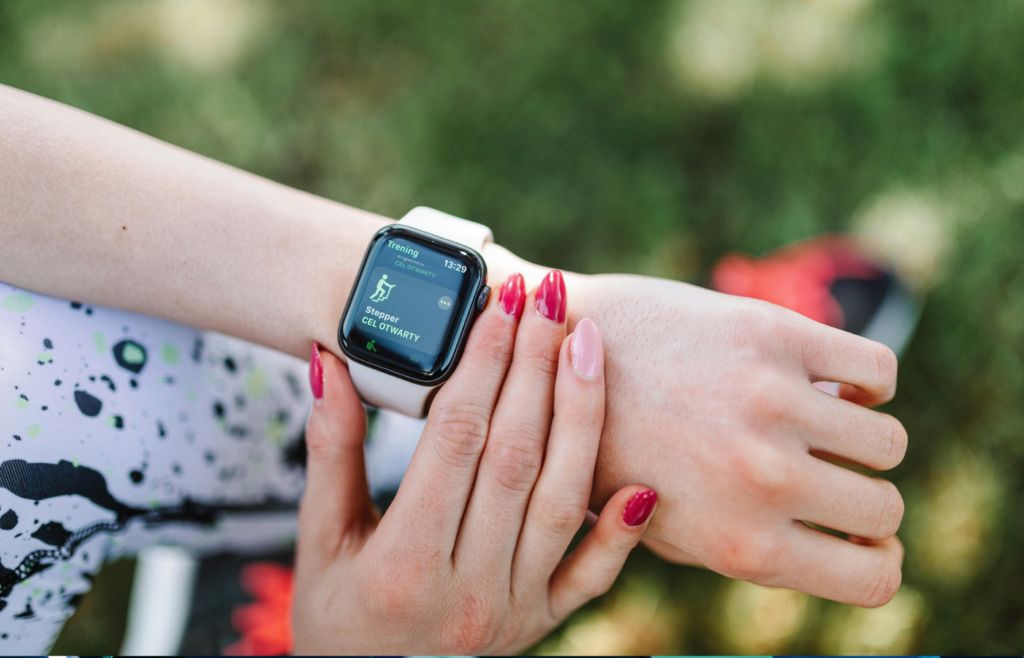
Smartwatches have evolved from simple step counters to full-fledged fitness companions. Modern models from Apple, Garmin, and Whoop use AI to analyze your workout patterns, predict fatigue levels, and suggest recovery times.
These watches track more than just heart rate—they measure VO2 max, HRV (heart rate variability), and even detect irregular rhythms. AI-driven insights can help optimize training by adjusting intensity based on your body’s readiness.
2. Smart Rings for 24/7 Health Tracking

If you prefer something more subtle than a smartwatch, smart rings are a game-changer. Devices like the Oura Ring monitor sleep, heart rate, and activity levels without the bulk of a watch.
Using AI, these rings analyze sleep quality and recovery scores to determine the best time to work out. They also track readiness, helping users avoid overtraining and burnout.
3. AI-Powered Personal Training Apps

Fitness apps are getting smarter with AI. Apps like Freeletics, Fitbod, and Tempo use machine learning to customize workouts based on your progress, strengths, and weaknesses.
Unlike generic workout plans, these AI trainers adjust in real time, increasing difficulty or changing exercises based on your performance. This personalized approach helps users maximize results without the guesswork.
4. Smart Clothing with Biometric Sensors
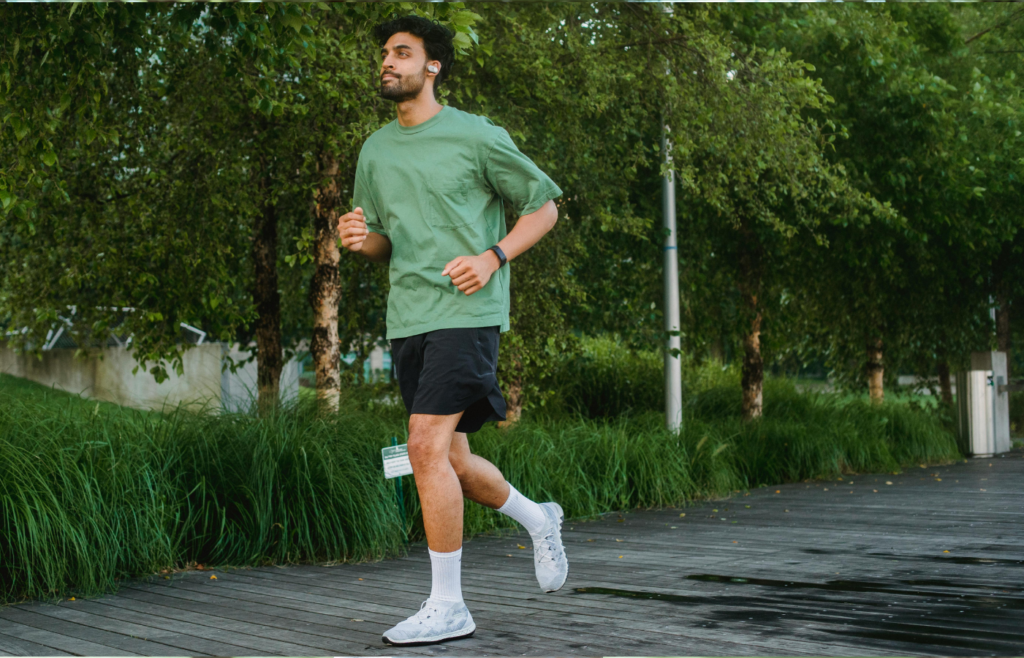
Wearable tech isn’t just for wrists and fingers—smart clothing is bringing biometric tracking to your entire body. Brands like Athos and Hexoskin integrate sensors into shirts, leggings, and shorts to measure muscle activation and breathing rates.
AI analyzes this data to correct posture, prevent injuries, and optimize workouts. This kind of real-time feedback is especially useful for weightlifters, runners, and athletes looking to refine their technique.
5. AI Coaching in Wireless Earbuds
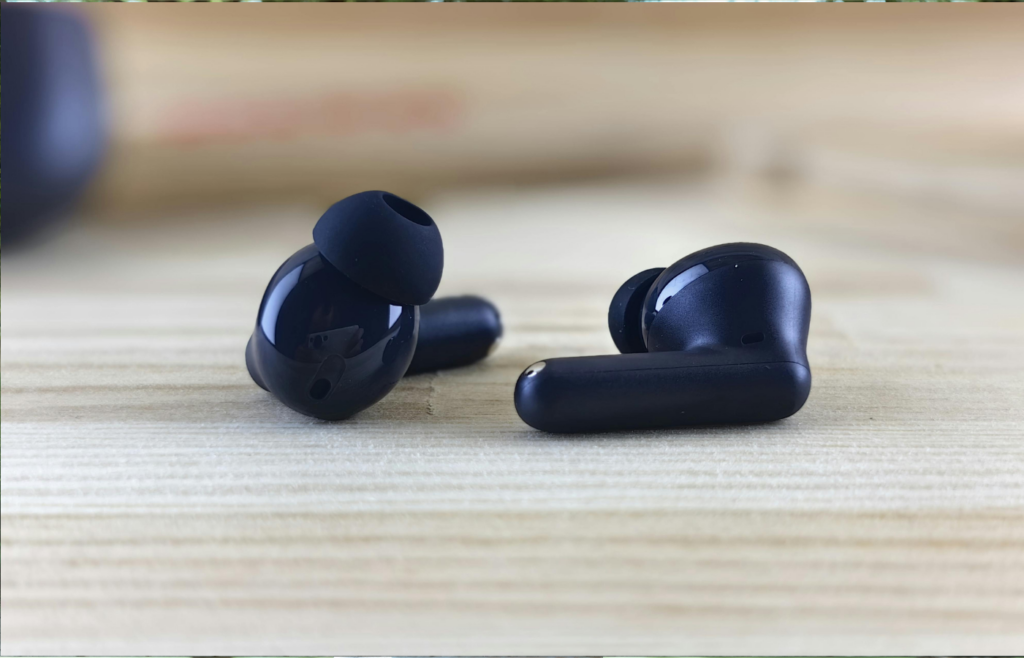
AI-driven earbuds provide real-time coaching, guiding users through workouts with personalized cues. Devices like JBL’s Soundgear Sense and Bose Sport Open Earbuds offer AI-powered coaching that adapts based on performance.
Some earbuds also track metrics like running cadence, breathing rate, and even hydration levels. These insights help athletes maintain form and efficiency while training.
6. Smart Resistance Bands and Strength Training Gear
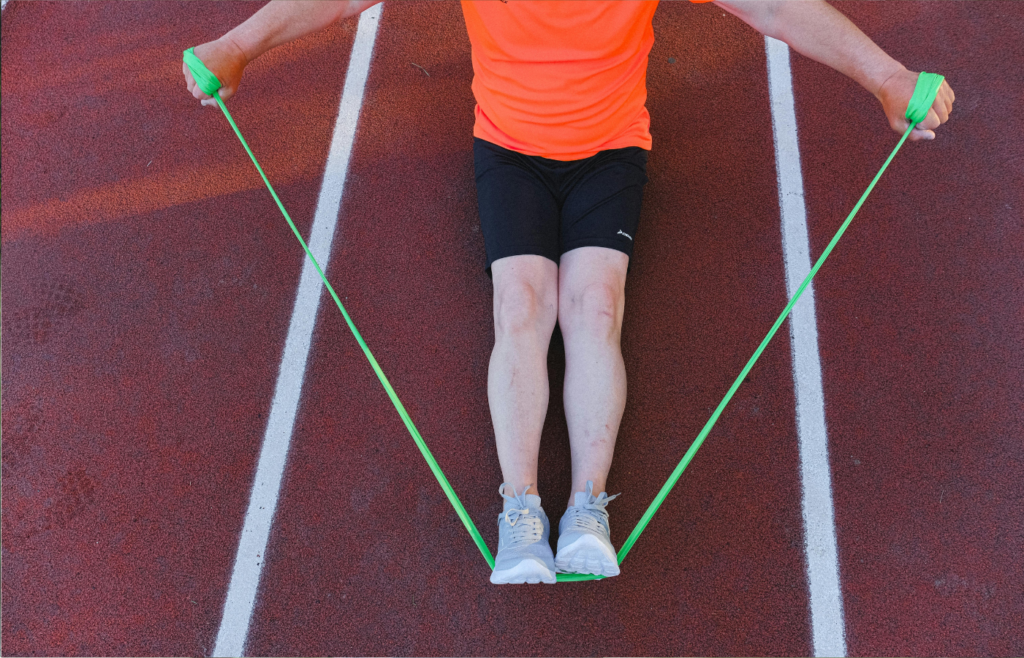
Traditional weights are getting a tech upgrade. Smart resistance bands like those from Vitruvian and Beast use AI to adjust tension dynamically, making workouts more effective.
These devices track strength progress, monitor reps, and adjust resistance automatically. This means you get a customized strength workout every time, reducing the risk of injury while maximizing gains.
7. AI-Powered Treadmills and Smart Home Gyms
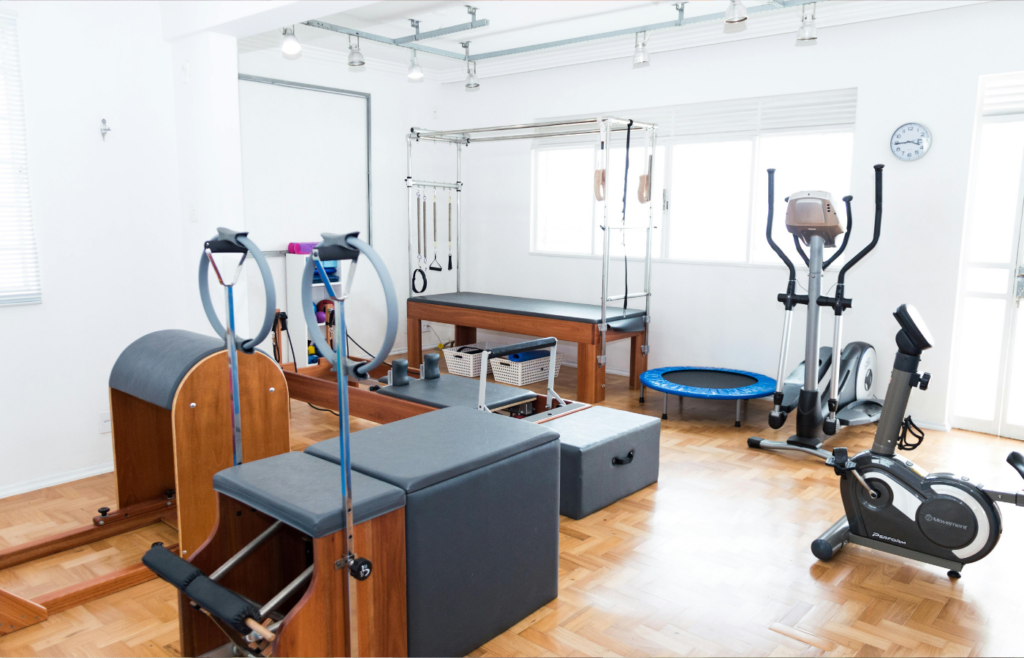
Home fitness equipment is getting smarter. AI-powered treadmills, like those from Peloton and NordicTrack, automatically adjust speed and incline based on your effort.
Smart home gyms like Tonal and Tempo analyze form and provide real-time corrections. AI-driven weight recommendations ensure you’re lifting the right amount while minimizing injury risk.
8. Virtual Reality (VR) Fitness Workouts
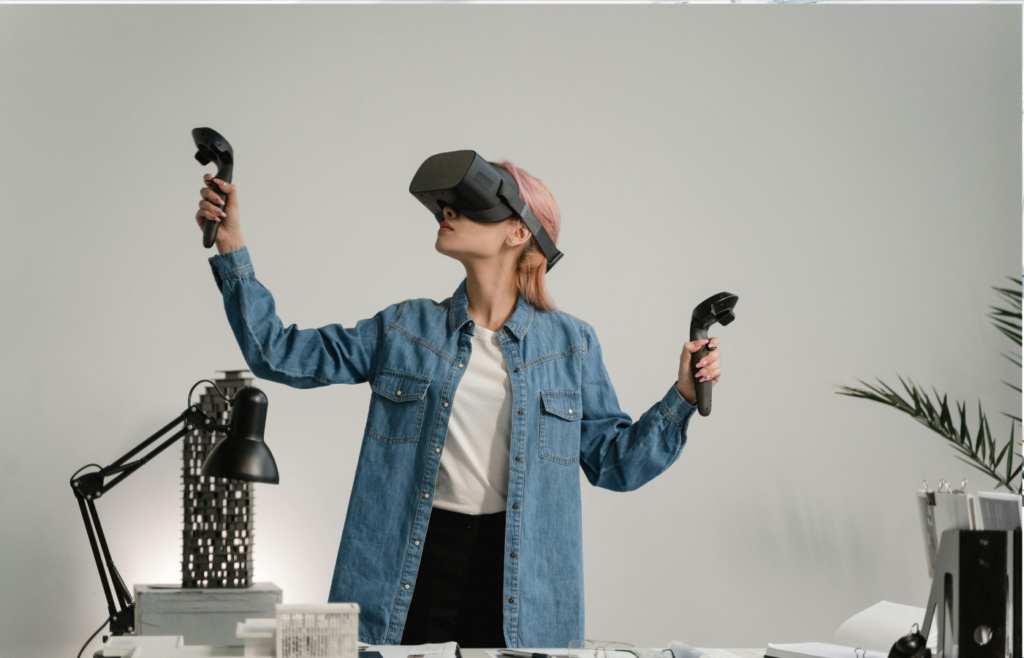
AI-powered VR fitness is making workouts more immersive and engaging. Apps like Supernatural and FitXR use virtual environments to keep workouts fresh and motivating.
By gamifying exercise, VR fitness helps users stay consistent. AI tracks movement, adjusts difficulty, and even offers virtual personal training, making workouts more interactive than ever.
Read More: 7 Ways Augmented Reality (AR) Windshields Will Change Driving Forever
9. Smart Hydration Monitors
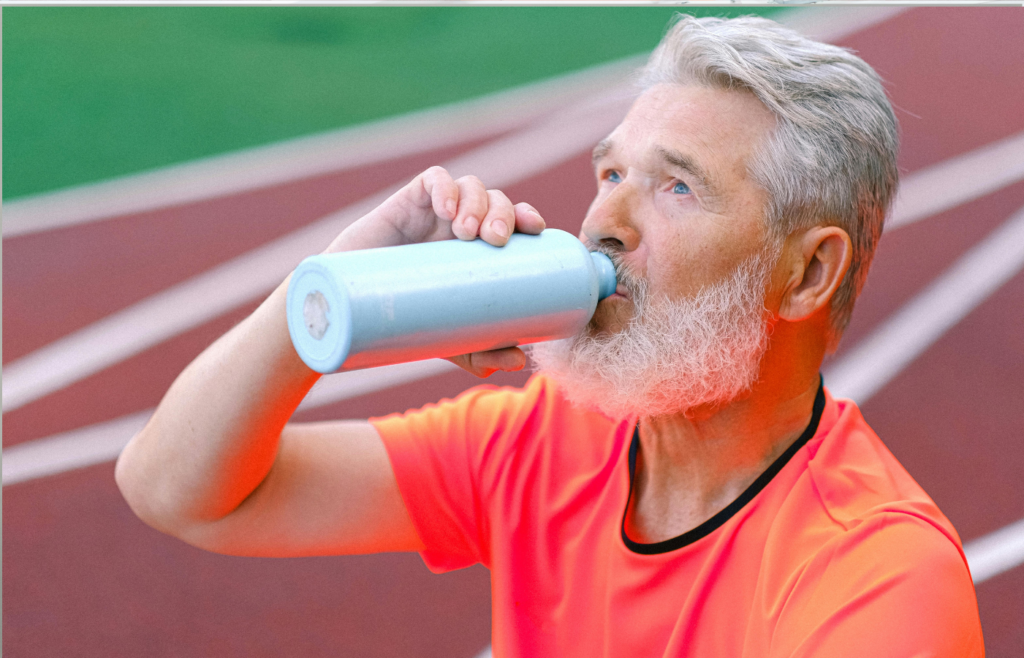
Hydration plays a critical role in fitness performance. AI-powered smart bottles like HidrateSpark monitor water intake and send reminders to drink more when needed.
Some advanced models analyze sweat levels and activity intensity, providing real-time hydration recommendations. This helps athletes maintain peak performance without dehydration risks.
Read More: 10 Must-Have Travel Gadgets You’ll Wonder How You Lived Without
10. Recovery and Sleep Optimization Devices

AI isn’t just for workouts—it also improves recovery. Devices like the Whoop Strap and Muse Headband monitor sleep quality, heart rate variability, and stress levels to optimize recovery.
These gadgets provide personalized recommendations, such as when to train hard and when to rest. AI-driven recovery tracking ensures that fitness progress isn’t hindered by overtraining or poor sleep.
Read More: 7 Reasons Your Phone Battery Sucks (And It’s Not Just Age)

